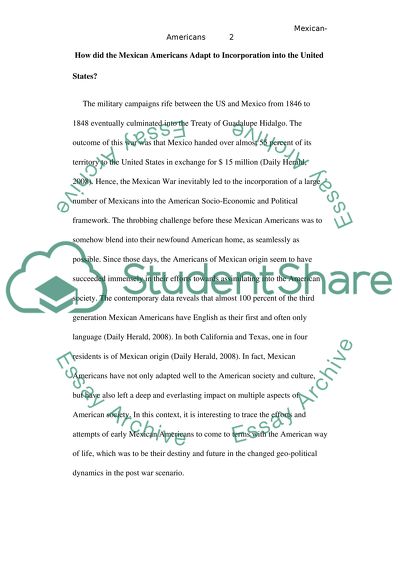Cite this document
(“Mexican-American Incorporation into the United States Essay”, n.d.)
Mexican-American Incorporation into the United States Essay. Retrieved from https://studentshare.org/sociology/1514197-mexican-american-incorporation-into-the-united-states
Mexican-American Incorporation into the United States Essay. Retrieved from https://studentshare.org/sociology/1514197-mexican-american-incorporation-into-the-united-states
(Mexican-American Incorporation into the United States Essay)
Mexican-American Incorporation into the United States Essay. https://studentshare.org/sociology/1514197-mexican-american-incorporation-into-the-united-states.
Mexican-American Incorporation into the United States Essay. https://studentshare.org/sociology/1514197-mexican-american-incorporation-into-the-united-states.
“Mexican-American Incorporation into the United States Essay”, n.d. https://studentshare.org/sociology/1514197-mexican-american-incorporation-into-the-united-states.


